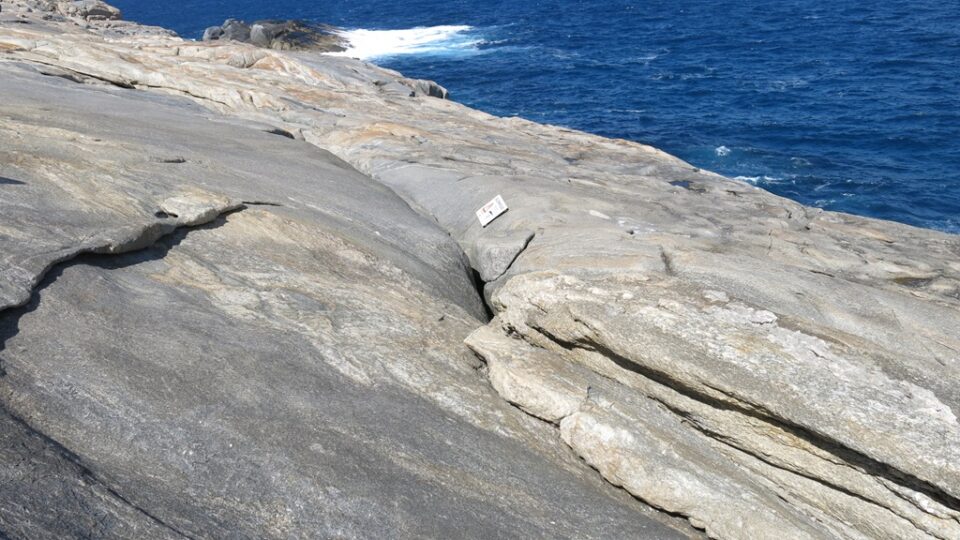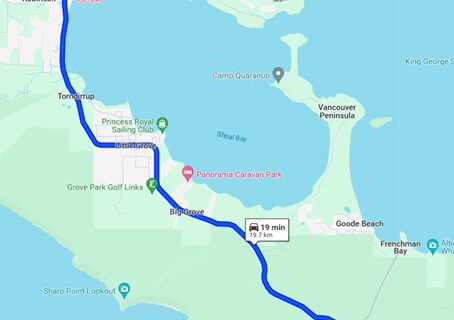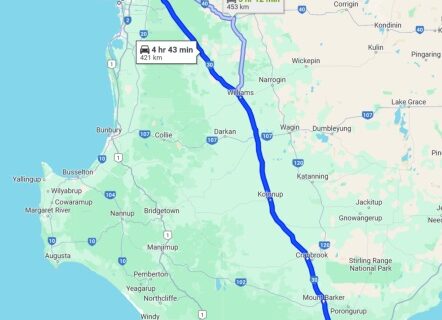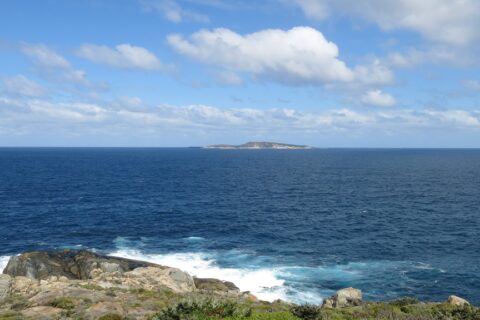One of the more popular tourist attractions around Albany would be the Albany blowholes. They are natural rock formations found along the coastline a short drive out of Albany. These blow holes are created by the powerful waves crashing against the cliffs, causing air and water to be forced through narrow openings in the rocks. The result is a spectacular display of water shooting up into the air, resembling a blowhole.
Well, it does if you go at the right time. Unfortunately, that’s not every day. On my last visit, there wasn’t a lot of water spraying around Having said that, you could hear the sounds of the water below.
Getting to the Albany Blowholes
The Albany Blow Holes are located in the Torndirrup National Park to the south of Albany. It’s a bit of a trek to get there from Perth, but if you are staying in Albany it’s only a 20 minute drive, You need to get yourself onto Frenchmans Bay Road, and there is a turn off to the car park.
Once you have arrived at the carpark, there is still a bit of a walk to the blowholes.Firstly, you need to walk a few hundred metres to the top of a long flight of stairs. From there you can walk along a wide, sealed paved pathway to the rocks. When you reach the rocks, there is still a bit of s stroll across the rocks to the blowholes.
Fortunately, there are signs marking the way. In any case, while you might not see anything, there is a good chance you’ll hear the sounds of waves crashing.
The views are good
From the rocks, you can look out towards the ocean, and the view is quite impressive. Indeed, even if you don’t see much action at the blow holes, the views are still worth it.
The best times to see Albany blowholes
While you can’t always choose the times you visit, there are things to look for that may indicate they are blowing.
1. If the swell is high, there is a good chance that they are blowing. Look out toward the ocean and check if there are large unbroken waves on the surface.
2. If you can see waves breaking at the base of Peak Head .
3. If there is a south-westerly front approaching.





